8 years ago #9684316
13
0
Norway does have Thorbjørn Egner, there is not a child in Iceland who does not have at least seen some of his work, like Dyrene i Hakkabakkeskogen, Karius og Baktus, and others.
8 years ago #9685271
6
0
I saw someone else in the comments mention Thorbjørn Egner as a possible Norwegian candidate as his works (such as "Karius og Baktus", "Klatremus og de andre dyrene i Hakkebakkeskogen", and "Folk og røvere i Kardemomme by") are pretty big in the other Scandinavian countries at least.
I'd also like to put forth Jostein Gaarder, who wrote Sophie's World. It's aimed at a slightly older demographic, but tweens and teens are technically children... I loved that book as a child (still do), and it was a great introduction on so many philosophers - so great that excerpts of it were used in my high school philosophy class.
"Sophie's World was originally written in Norwegian and became a best seller in Norway. It won the Deutscher Jugendliteraturpreis in 1994. The English version of the novel was published in 1995, and the book was reported to be the best-selling book in the world in that year. By 2011 the novel had been translated into fifty-nine languages, with over forty million copies in print." (from Wikipedia - https://en.wikipedia.org/wiki/Sophie%27s_World )
I'd also like to put forth Jostein Gaarder, who wrote Sophie's World. It's aimed at a slightly older demographic, but tweens and teens are technically children... I loved that book as a child (still do), and it was a great introduction on so many philosophers - so great that excerpts of it were used in my high school philosophy class.
"Sophie's World was originally written in Norwegian and became a best seller in Norway. It won the Deutscher Jugendliteraturpreis in 1994. The English version of the novel was published in 1995, and the book was reported to be the best-selling book in the world in that year. By 2011 the novel had been translated into fifty-nine languages, with over forty million copies in print." (from Wikipedia - https://en.wikipedia.org/wiki/Sophie%27s_World )
8 years ago #9684815
5
0
Well...
There is Alf Prøysen, though he might not be famous all over the world. There is however also Jo Nesbø who has been translated into over 40 languages and sold more than 3 million books in Norway alone. While he is most famous for crime and thriller novels, he is technically a children's book writer as well, as he has written children's books.
There is also Kjell Aukrust, while his books are mostly famous in Norway, his characters became famous because of a movie, "Flåklypa Grand Prix", or in English "The Pinchcliffe Grand Prix". The movie might be famous, and his characters might be recognizable, but I doubt his name is though, so...
If not, we shall borrow Roald Dahl. While he was born in Britain and as such is technically British, both his parents were Norwegian and he even spoke Norwegian as his first language, that is when at home with his parents. So while born a Brit, and even fighting in the RAF for the Brits during WW2, well, by most Norwegians he is more or less regarded as a Norwegian. He is so Norwegian, even his name being Norwegian, that he must qualify, surely?
There is Alf Prøysen, though he might not be famous all over the world. There is however also Jo Nesbø who has been translated into over 40 languages and sold more than 3 million books in Norway alone. While he is most famous for crime and thriller novels, he is technically a children's book writer as well, as he has written children's books.
There is also Kjell Aukrust, while his books are mostly famous in Norway, his characters became famous because of a movie, "Flåklypa Grand Prix", or in English "The Pinchcliffe Grand Prix". The movie might be famous, and his characters might be recognizable, but I doubt his name is though, so...
If not, we shall borrow Roald Dahl. While he was born in Britain and as such is technically British, both his parents were Norwegian and he even spoke Norwegian as his first language, that is when at home with his parents. So while born a Brit, and even fighting in the RAF for the Brits during WW2, well, by most Norwegians he is more or less regarded as a Norwegian. He is so Norwegian, even his name being Norwegian, that he must qualify, surely?
8 years ago #9684175
4
0
When I read the "no Disney" version of The Little Mermaid, I wanted to cry until there would be no tears in my body
8 years ago #9685182
3
0
@Ocadioan
#9685172
"Moomin is probably the most known and adored Finnish icon, if not before, then right after Santa Claus."
"The white, hippo-like Moomins are Finnish literature characters created by the much‐loved Swedish‐speaking Finn, writer and artist Tove Jansson in the 1940’s. After the initial success of the comic strips and books, Moomins grew into a world-wide phenomenon through puppet animations and Japanese-style cartoons. Today the Moomins adorn the wings of Finnair (The Official Airline of Moomins), the iconic mugs of Arabia and high-quality bedding of Finlayson, to name a few."
"The Moomins are not only adventuring in literature, animation, and merchandise or in films, music and theatre shows. In Finland, the Moomins have their own hotel rooms like the Naantali Spa Moomin Story and theme parks such as The Moomin World in Naantali. They also have their own Moomin Museum in Tampere and numerous gallery and museum exhibitions around the country every "
http://www.visitfinland.com/article/long-live-the-moomins/
#9685172
"Moomin is probably the most known and adored Finnish icon, if not before, then right after Santa Claus."
"The white, hippo-like Moomins are Finnish literature characters created by the much‐loved Swedish‐speaking Finn, writer and artist Tove Jansson in the 1940’s. After the initial success of the comic strips and books, Moomins grew into a world-wide phenomenon through puppet animations and Japanese-style cartoons. Today the Moomins adorn the wings of Finnair (The Official Airline of Moomins), the iconic mugs of Arabia and high-quality bedding of Finlayson, to name a few."
"The Moomins are not only adventuring in literature, animation, and merchandise or in films, music and theatre shows. In Finland, the Moomins have their own hotel rooms like the Naantali Spa Moomin Story and theme parks such as The Moomin World in Naantali. They also have their own Moomin Museum in Tampere and numerous gallery and museum exhibitions around the country every "
http://www.visitfinland.com/article/long-live-the-moomins/
8 years ago #9684499
3
0
So the resident gay guy is the only one dressed as a straight author,eh?
But yeah,Moomins were the best
But yeah,Moomins were the best
Add comment: Please Sign in or create an accout to comment.
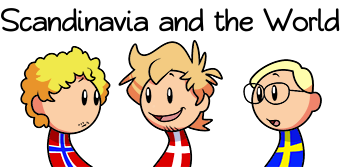

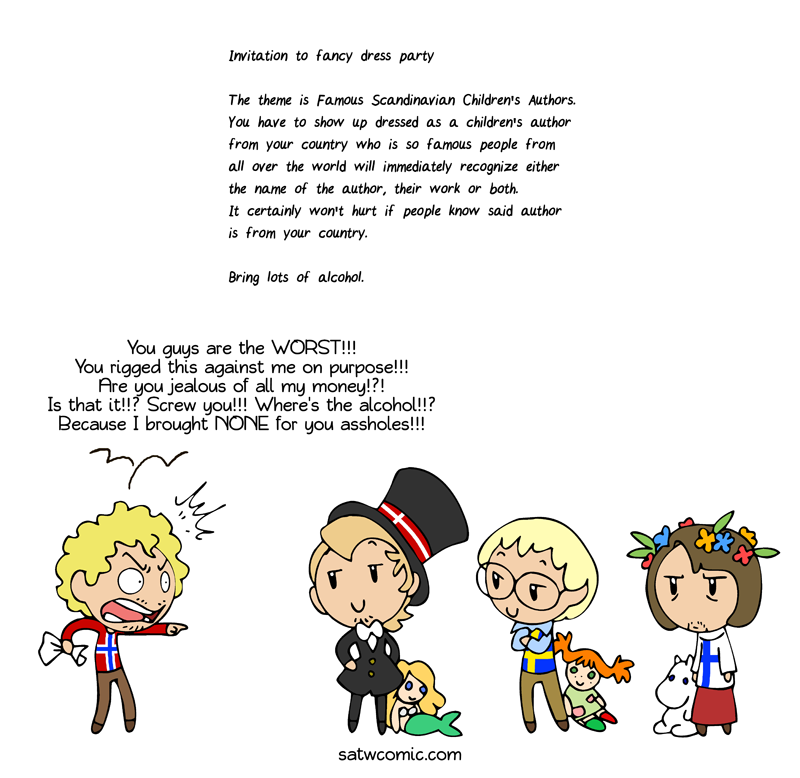
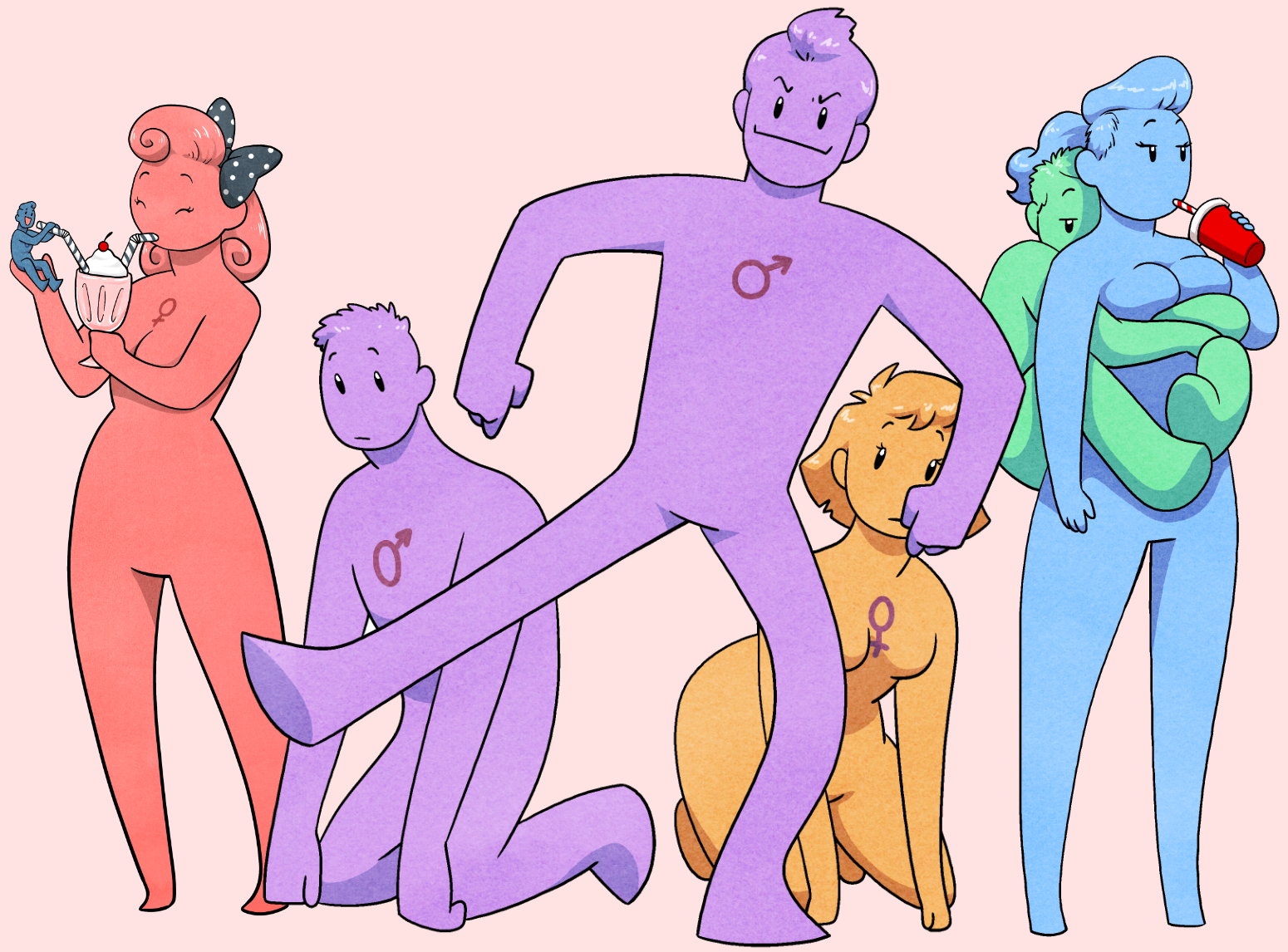
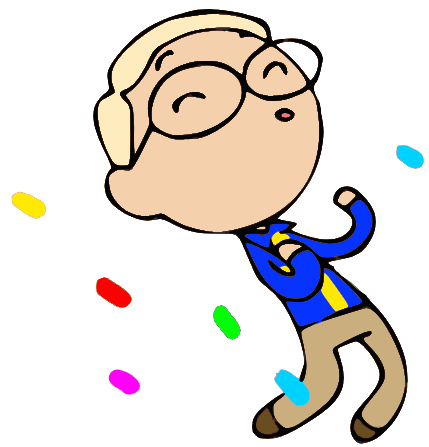 Support the comic on
Support the comic on 
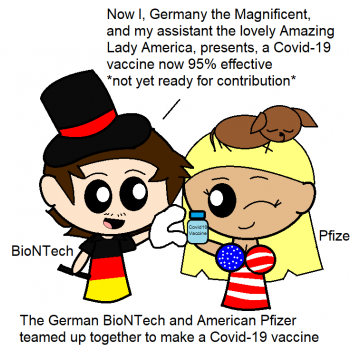


































44
Not because of progressive ideals, but because getting an axe in the face is something of an inconvenience.